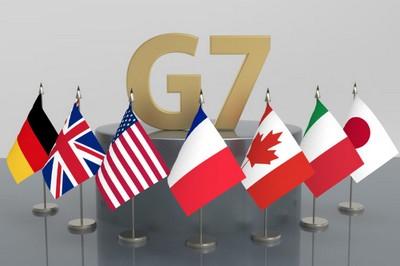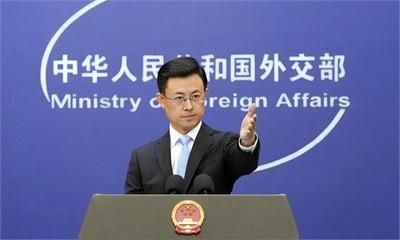
When the G7 loses its cohesion and ‘mojo’
Andrey Kortunov
The recent G7 Summit, which took place in Canada’s Kananaskis on Monday and Tuesday, marked the semi-centennial anniversary of the group. The first top-level meeting of the six most powerful Western nations (G6) was held in Rambouillet, France, in the fall of 1975, and a year later after accepting Canada as its member, G6 turned into G7. Since that time, the composition of the group has remained practically unchanged with the exception of 1997-2014, when Russia’s participation temporarily expanded G7 into a larger G8.
The mid-1970s were not the easiest time for the West. Still, half a century ago, the G7 group was an unquestionable leader of the global economy and, in many ways, even a universal symbol of modernity itself. In the 1980s, it accounted for a significant portion of the global GDP measured on the purchasing power parity (PPP) basis. Today, the “Magnificent Seven” accounts for less than one-third of the global PPP GDP.
Even more importantly, the former irresistible magic of the “Magnificent Seven” has faded. These days, the West is no longer perceived by the rest of the world as an indispensable source of technological or social innovations, best management practices in either the public or private sector, or as a unique exhibition of human capital advancement. The universality of Western development trajectories is called into question, and none of the G7 group members can now credibly position themselves as an envied and respected modernization model to be followed and imitated by other nations.
To put it bluntly, the aging “Magnificent Seven” can no longer convincingly claim the global leadership it once took for granted. This does not mean that the G7 should be automatically disqualified as one of the important international actors capable of contributing to more inclusive bodies ranging from the G20 to the UN Security Council. Since the collective West is not going to vanish into thin air tomorrow, the G7 could still remain a legitimate lobbyist for Western interests, trying to shape the international agenda in competition or cooperation with a growing number of explicitly non-Western groups like BRICS, the Shanghai Cooperation Organisation, the African Union, the Arab League and others. However, the problem with the G7 lies not only in its relative decline in power and authority, but also in the erosion of its cohesion.

Of course, G7 cohesion has faced many challenges before. However, today deep disagreements are not limited to specific foreign policy issues; they touch upon the very foundations of Western political systems and values, on which the Western world has been built. The disagreements displayed in Canada were not limited to the Russia-Ukraine or the Israel-Iran conflicts. They included the future of the international trading system, trans-border migrations, AI governance, human rights, drug trafficking and multilateralism at large. The summit also exposed the quasi-multilateral nature of the G7 group: Though all the members of the group are formally equal, a single dissenting voice coming from Washington can easily outweigh any concerted positions of the rest of the group.
The Canadian hosts worked hard to make the summit as representative as possible by inviting many high-level guests, including leaders from India, Brazil, South Africa, Mexico, Ukraine, Australia and South Korea, as well as NATO’s secretary general. However, it was US President Donald Trump who got the starring role in this event. The Canadian organizers could have recalled the last G7 Summit they hosted in June of 2018. That meeting revealed so many contentions between the US president and his colleagues that it was dubbed by media as a “G6+1” gathering. This is why, this time, the agenda was carefully crafted by Prime Minister Mark Carney and his team to avoid any sensitive or controversial matters and to focus mainly on technical issues like mineral supply chains, energy security, disinformation on the internet and the global economic outlook. The real problems were relegated to the level of bilateral consultations.
From the very beginning, expectations for the summit’s results have remained low. It was evident even before the event began that there would be no comprehensive communique representing unified G7 stances on the key international issues that matter most to the participants. The contrast with the October 2024 BRICS Summit, which resulted in a detailed and comprehensive Kazan Declaration, could not have been more striking!
One can argue that the ongoing disintegration of the formerly consolidated West opens potential opportunities for moving toward a truly multilateral world. Perhaps, in some distant future, North America (the US along with Canada and Mexico), Europe (the EU) and Northeast Asia (Japan and South Korea) will emerge as independent and self-sufficient global centers of power. However, in the immediate future, this centrifugal trend adds uncertainty, volatility and unpredictability to global politics and economy.
The author is the academic director of the Russian International Affairs Council. opinion@globaltimes.com.cn
